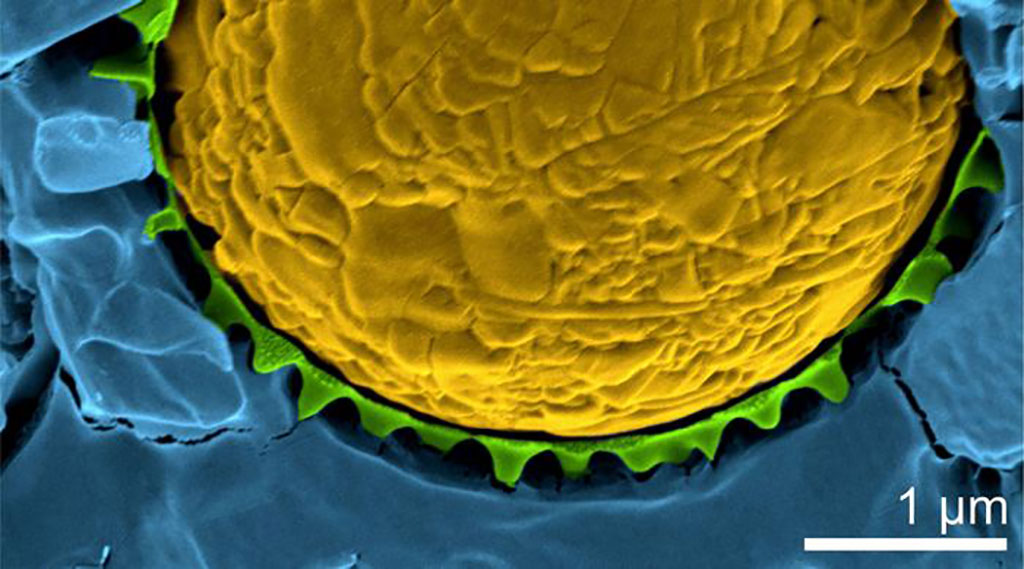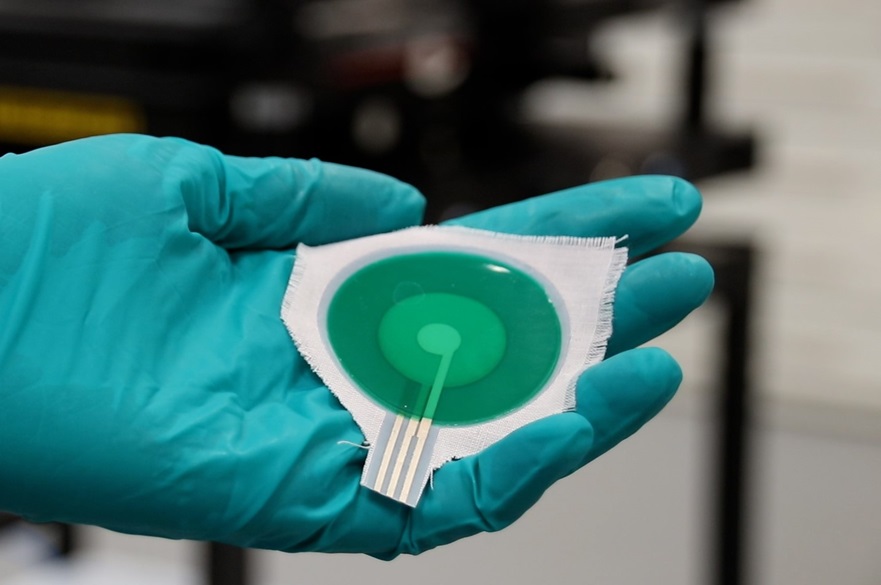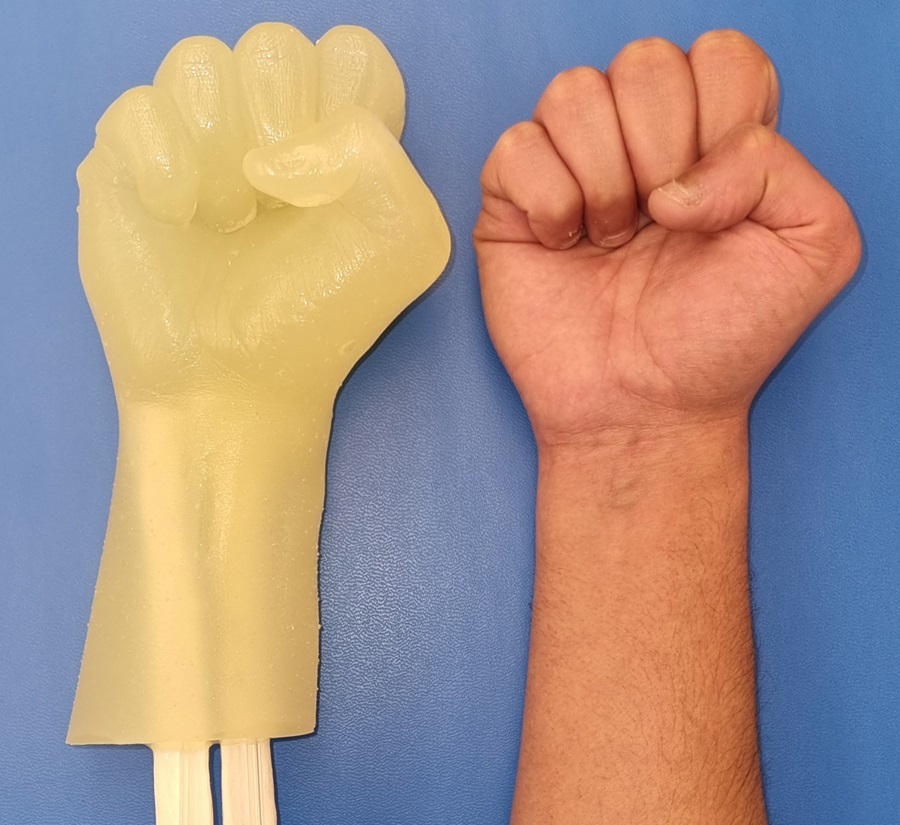Protected Droplets Could Revolutionize Methods of Targeting Medicines to Specific Body Locations
Posted on 08 Dec 2023
Emulsions are mixtures consisting of droplets suspended in a liquid where they don’t dissolve or mix. A common example is milk, where fat droplets, stabilized by milk proteins, are dispersed in water. In fields like medicine delivery, it's vital not only to preserve the structure of these droplets but also to control their dissolution. This is critical because active ingredients encapsulated within the droplets should be released only after the medicine enters the body. Researchers have now developed a method for creating responsive emulsions that allows for precise control over the dissolution of these droplets. This innovation has the potential to transform how medicines are targeted within the body.
The research, conducted by the University of Gothenburg (Gothenburg, Sweden), focuses on microgels that encase a droplet and protect it until a specific temperature threshold is reached. These microgels form a protective shell around a droplet, which remains intact until the temperature exceeds 32 degrees Celsius. At this point, the microgels contract, leading to the dissolution of the droplet in the surrounding liquid. This temperature-triggered behavior of the droplets, long recognized in scientific studies, has now been explained by the Gothenburg research team. They discovered that the fundamental mechanism behind these stimuli-responsive emulsions is the morphological changes in the stabilizing microgels.

The team found that the dual nature of the microgels, as both particles and polymers, is essential for the stability and responsiveness of the emulsion. The particle aspect contributes to the emulsion's stability, while the polymer aspect allows the microgels to respond to external stimuli, leading to the droplets’ dissolution. Creating temperature-sensitive emulsions requires a balance: minimal particle character for stability and significant polymer character for the prompt and effective dissolution of the droplets. The researchers are now focusing on developing microgel-stabilized emulsions that react to the pH level of the surrounding fluid. This research is particularly significant for pharmaceuticals, where the aim is to concentrate medication delivery to specific diseased areas within the body, minimizing overall body impact.
“Responsive emulsions hold great potential as a precise tool for delivering medicine to specific areas in the body. Although additional research is needed, the future looks promising, and advancements can be expected over the next 10 years,” said Marcel Rey, a researcher in Physics at the University of Gothenburg and lead author of the study.
Related Links:
University of Gothenburg














